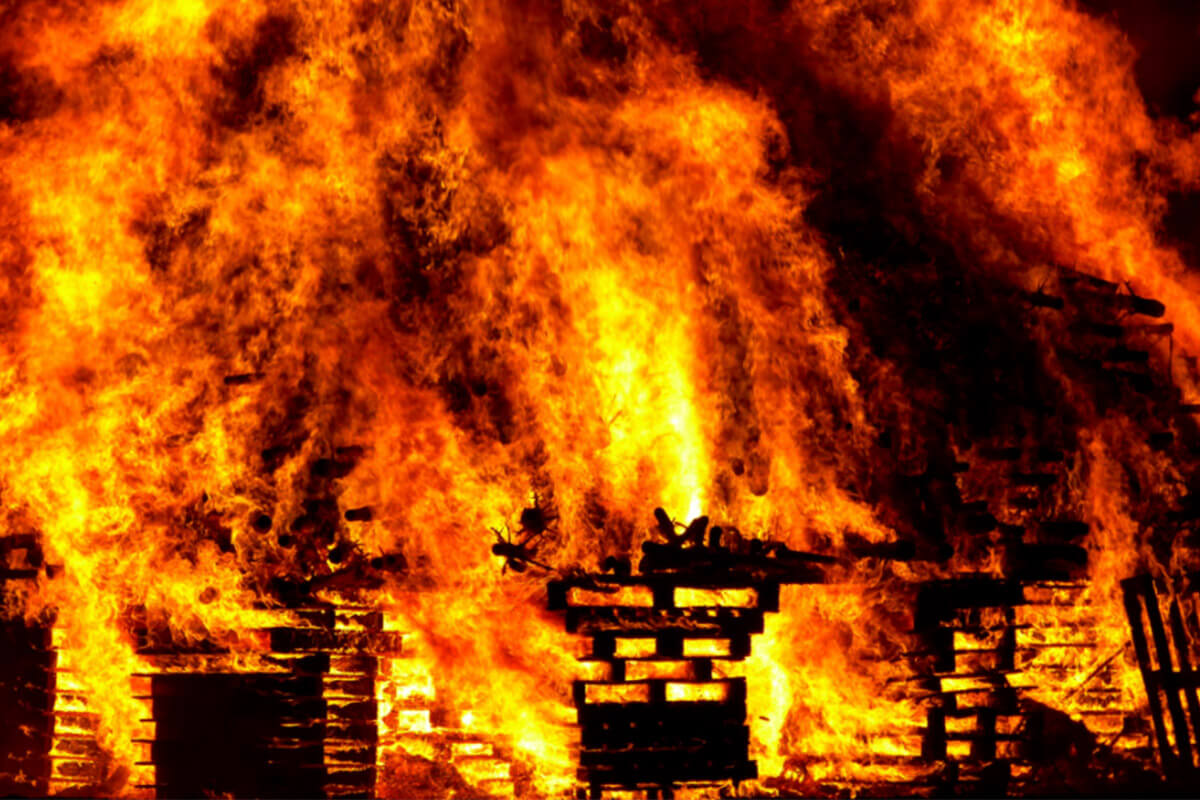Data on the cool down phase for timber structures is something designers and regulators need to consider when it comes to load carrying capacity of CLT structures.
This thinking comes about after noting an interesting paper in the recent issue of Fire Safety Journal highlighting the critical aspect of the cool down phase for timber structures.
This issue has been raised on multiple occasions by past studies, for example here. Despite this, most building codes don’t address time-dependent reduction in load carry capacity of CLT structures during fire decay phases.
The excerpts below really stood out for me:
- “The uncovered relationship between the Duration of Heating Phase (DHP) and resistance rating (R) of the timber columns indicates that their burnout resistance is significantly lower than their fire resistance. Specifically, the DHP ranges between 20% and 50% of the standard fire resistance. This means that a timber column exposed to the ISO 834 fire for 20–50% of the duration of its standard fire resistance, followed by a cooling phase, is not able to survive until full burnout.”
- “Under a natural fire, the outer layers of the timber section have irreversibly charred during the heating phase, while the heating of the core continues for hours and, albeit temperatures are too low to generate pyrolysis, this heating reduces the mechanical strength of the whole core of the section, because strength reduction starts at low temperatures in timber. As a result, the load bearing capacity continues to decrease long after the gas temperature has peaked, making delayed structural failure a possibility.”
- “The reduction of load-bearing capacity in timber columns exposed to natural fires continues long after the end of the fire. Fire resistance design based on a sacrificial char layer does not capture this continued capacity reduction due to heat transfer and reduction of mechanical properties in the whole section. Therefore, even if timber components have been individually designed to satisfy a standard (code-mandated) fire resistance, this does not guarantee that they will eventually survive a real fire until this fire dies out, regardless of self-extinction.”
Key findings from the research include:
- numerical modelling of standard fire resistance tests on timber columns shows conservative agreement;
- the burnout resistance (DHP) varied between 20% and 50% of the standard fire resistance time;
- delayed heat transfer in timber sections is critical given the material strength loss at moderate temperature; and
- designing for burnout requires explicit consideration beyond the issue of auto-extinction.
The authors concluded “that guaranteeing resistance to full burnout with timber structures presents important challenges, even when setting aside the question of combustibility and auto-extinction. Considerations based on heat transfer, material properties, and structural mechanics, reveal specific vulnerabilities that need to be explicitly addressed when discussing burnout. A design approach based on a sacrificial charring depth under prescribed standard fire is inadequate to demonstrate burnout resistance.”
The experimental study showed the thermal penetration depth continued to increase for more than one hour, whilst the progression of the in-depth charring front effectively halted at extinction. This ongoing progression of thermal penetration continues to reduce the structural load bearing capacity of the CLT elements, thereby increasing the potential for structural collapse during the decay phase of the fire. This issue is considered to be most important for timber compression elements.
Currently utilised structural fire design methods for mass timber generally assume a fixed ‘zero strength layer’ depth to account for thermally affected timber behind the char line; however, they make no explicit attempt to account for these decay-phase effects.
Definitely, this data is something that designers and regulators need to consider and again demonstrates our concern that evidence needs to form the basis of decision making.

